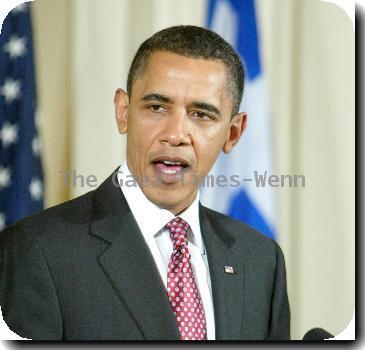Crews drilling deep into Gulf of Mexico to construct relief wells, stop gushing oil leak
By Ray Henry, APSunday, June 20, 2010
Crews drill deep into Gulf of Mexico to halt leak
ON THE GULF OF MEXICO — Drilling crews are grinding ever deeper to build the relief wells that are the best hope of stopping the massive oil leak at the bottom of the Gulf of Mexico.
The crew of Transocean Ltd.’s Development Driller II finished pouring cement Sunday morning on a section of metal casing lining one of two relief wells now at roughly 5,000 feet, said Mickey Fruge, BP’s wellsite leader aboard the rig. When that cement is firm on Monday, the rig’s crew will keep extending the well.
BP and government officials say the wells are the best option for cutting off the gusher that has spilled as much as 125 million gallons into the Gulf since the Transocean drilling rig Deepwater Horizon exploded April 20, killing 11 workers. A separate rig had drilled to a depth of nearly 11,000 feet, a BP spokesman said Sunday.
Back on land, coastal residents were infuriated by news that BP PLC CEO Tony Hayward was taking a break from overseeing efforts to stop the leak to watch his 52-foot yacht, “Bob,” compete in a race around the Isle of Wight off southern England.
“Man, that ain’t right. None of us can even go out fishing, and he’s at the yacht races,” said Bobby Pitre, 33, who runs a tattoo shop in Larose, La. “I wish we could get a day off from the oil, too.”
BP spokespeople rushed to defend Hayward, who has drawn biting criticism as the public face of BP’s halting efforts to stop the spill. BP is responsible for the cleanup because it was leasing the rig when it blew up.
“He’s spending a few hours with his family at a weekend,” said BP spokesman Robert Wine. “I’m sure that everyone would understand that.”
The PR gaffe — yet another in a series by Hayward and the company — ended what could have been a good week for BP. About 50 miles off Louisiana’s coast, a newly expanded containment system is capturing or incinerating more than 1 million gallons of oil daily, the first time it has approached its peak capacity, according to the Coast Guard.
BP hopes that by late June it will keep nearly 90 percent of the flow from the broken pipe from hitting the ocean.
It will likely be August before crews finish drilling the relief wells.
On the Development Driller II, one of two rigs working on the effort, BP wellsite leader Mickey Fruge said the well has reached a depth of roughly 5,000 feet below the seafloor. There’s still another 8,000 feet to go.
The other well is deeper, but drilling superintendent Wendell Guidry says it’s anyone’s guess which team will intersect the damaged well first.
“The main thing is, you know, we try to keep the guys focused,” Guidry said. “We’re just treating this like we treat any other well that we drill.”
Once a relief well intersects with the damaged well, BP plans to shoot heavy drilling mud down the well bore, then plug it with cement.
Meanwhile, Democratic Sens. Barbara Boxer of California and Bill Nelson of Florida said on CBS’s “Face the Nation” Sunday that they have asked President Barack Obama to give the Navy a bigger role in the efforts to clean up the spill, which are now being overseen by the Coast Guard.
But asked on “Fox News Sunday” if the Pentagon could be doing more to help stop the leak or keep oil from washing up on shore, Defense Secretary Robert Gates said no.
“We have offered whatever capabilities we have,” he said. “We don’t have the kinds of equipment or particular expertise.”
Also Sunday, U.S. Rep. Edward J. Markey, D-Mass., released new internal BP documents estimating 2.3 million to 4.2 million gallons of oil a day could gush from the damaged well if all equipment restricting the flow was removed and company models were wrong.
The current worst-case estimate of what’s leaking is 2.5 million gallons a day.
The documents anticipate a scenario where the blowout preventer and other equipment on the sea floor were removed, which was never done.
BP spokesman Tony Odone said the documents were submitted to Congress before BP America President Lamar McKay testified in early May.
Associated Press writers Raphael Satter in London, Ramit Plushnick-Masti in New Orleans and Mary Foster in Larose, La., contributed to this report.
Tags: Accidents, Barack Obama, California, Coastlines And Beaches, Energy, England, Environmental Concerns, Europe, Hayward, Louisiana, North America, On The Gulf Of Mexico, United Kingdom, United States, Western Europe








